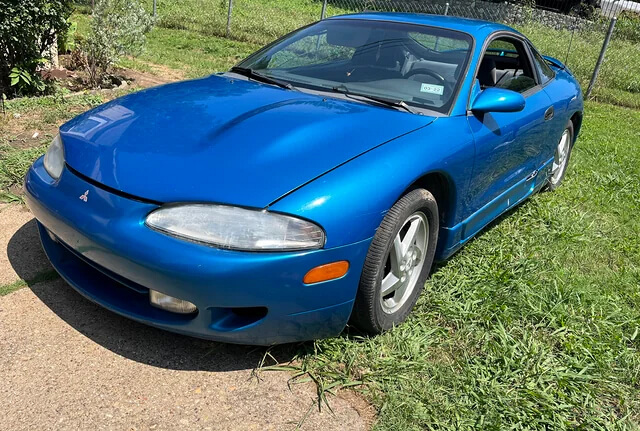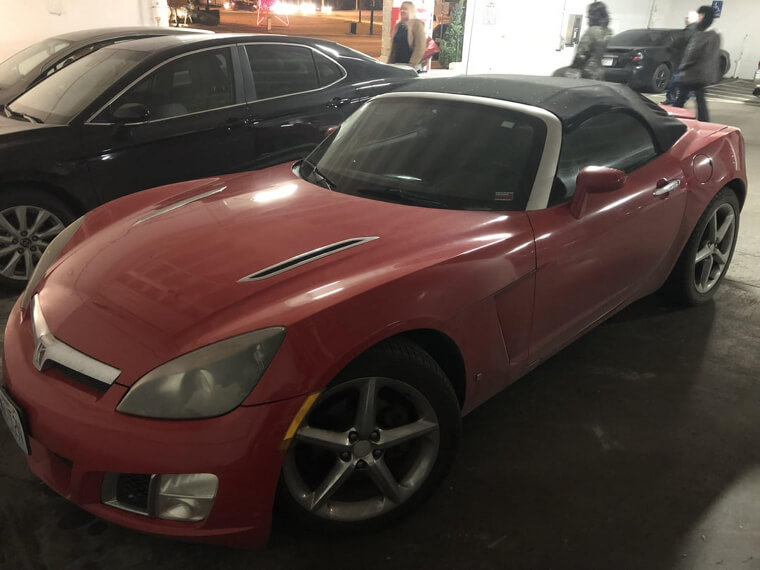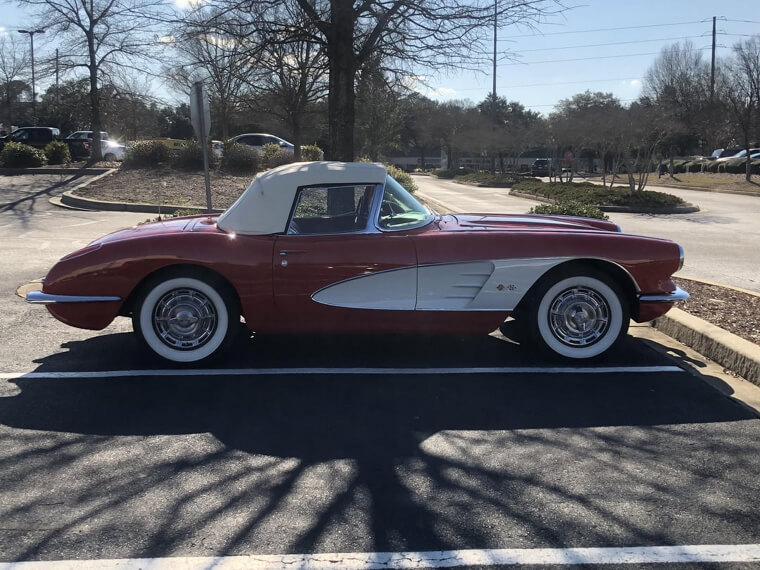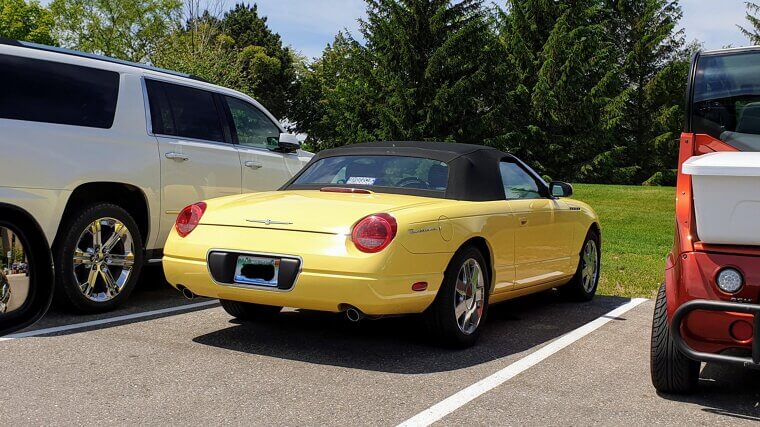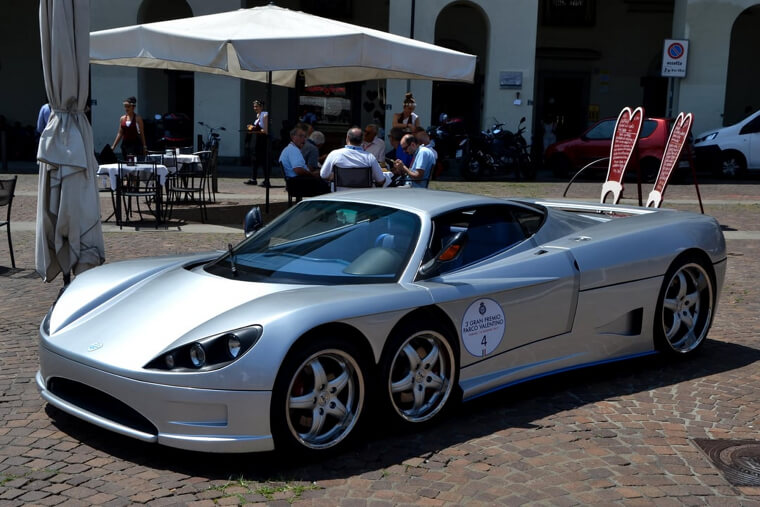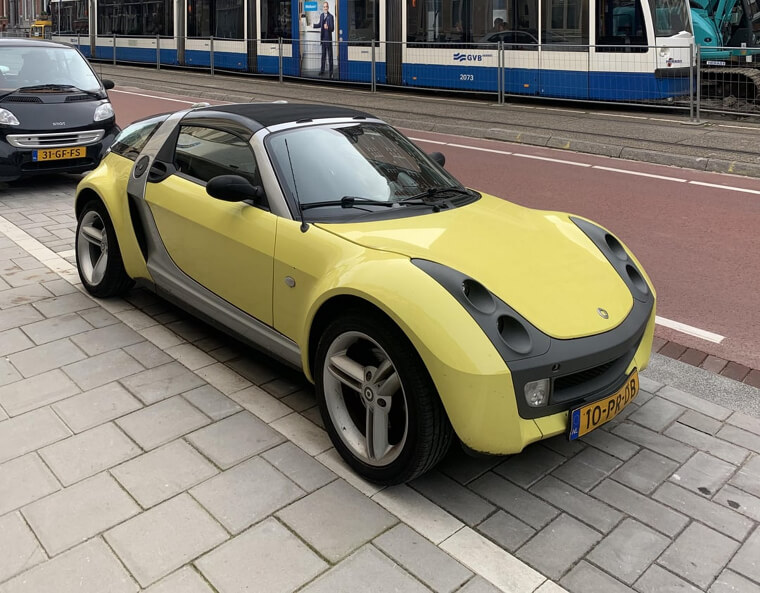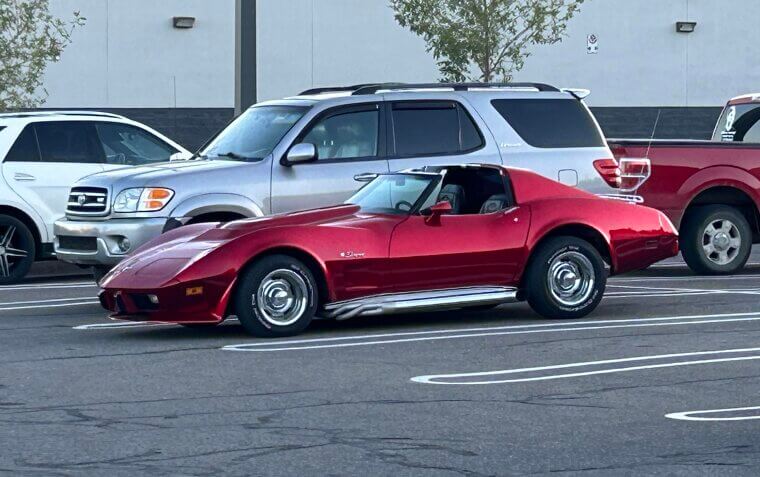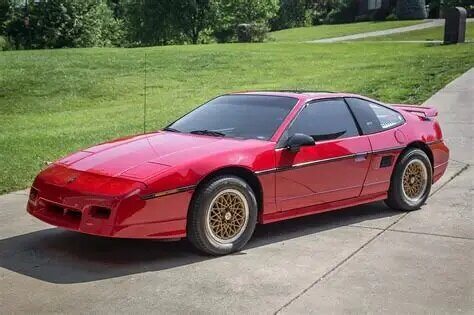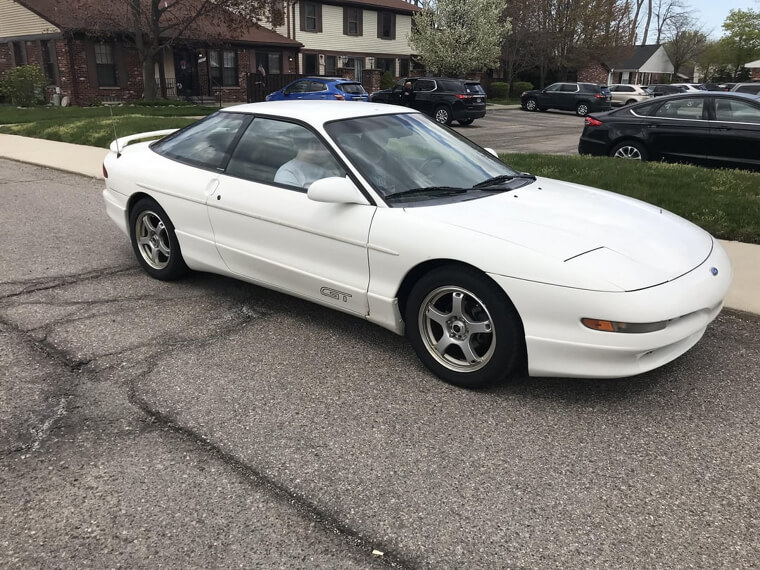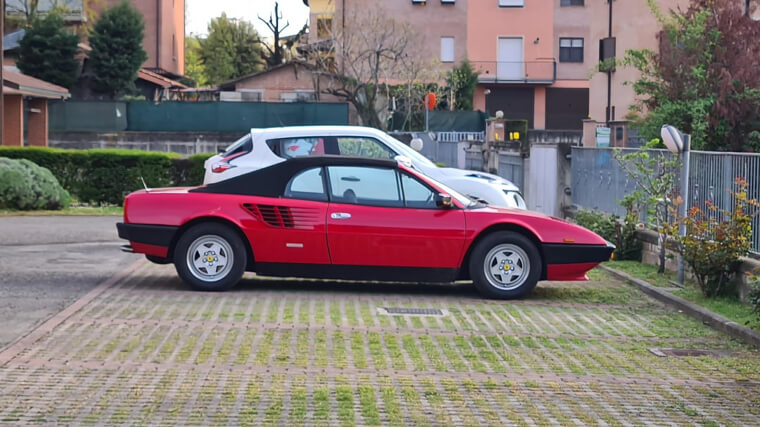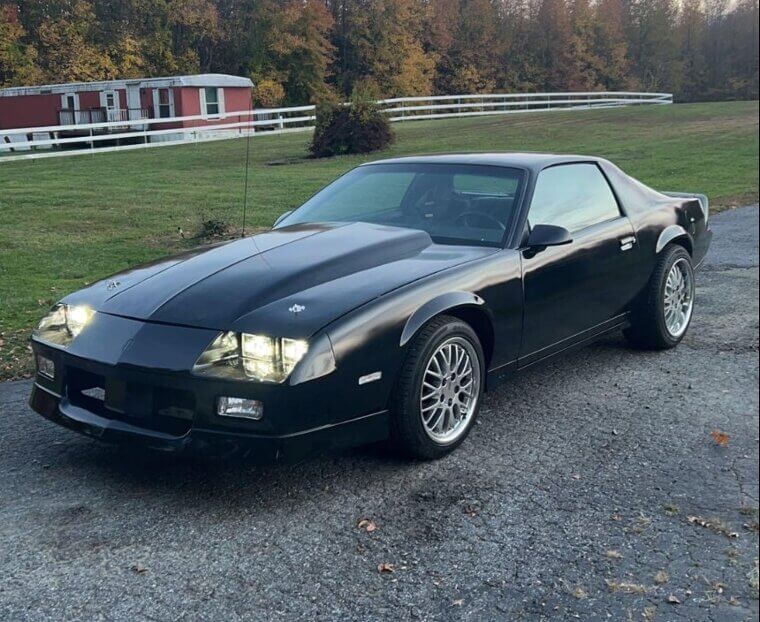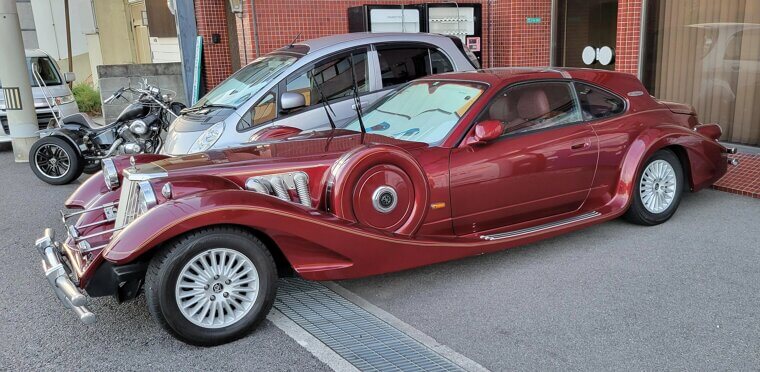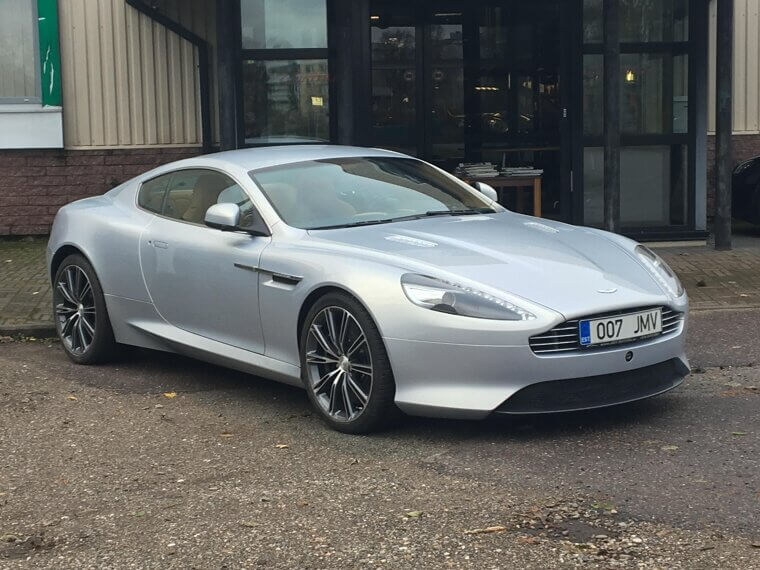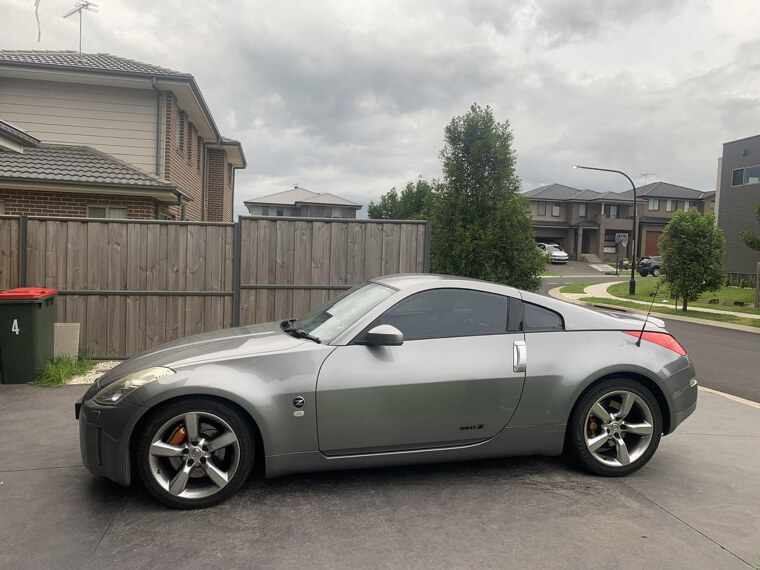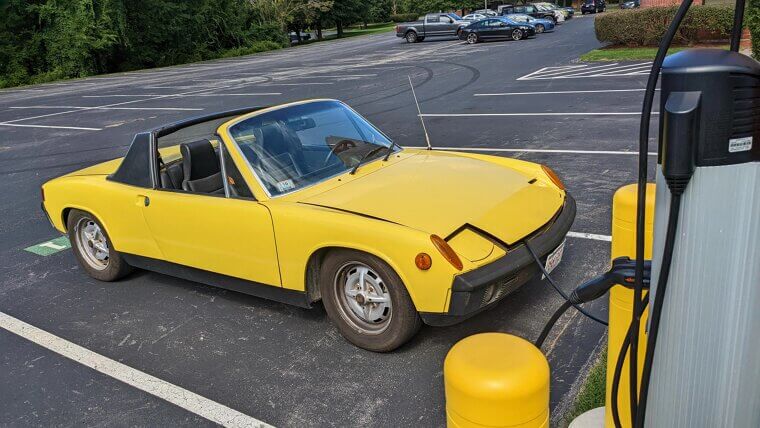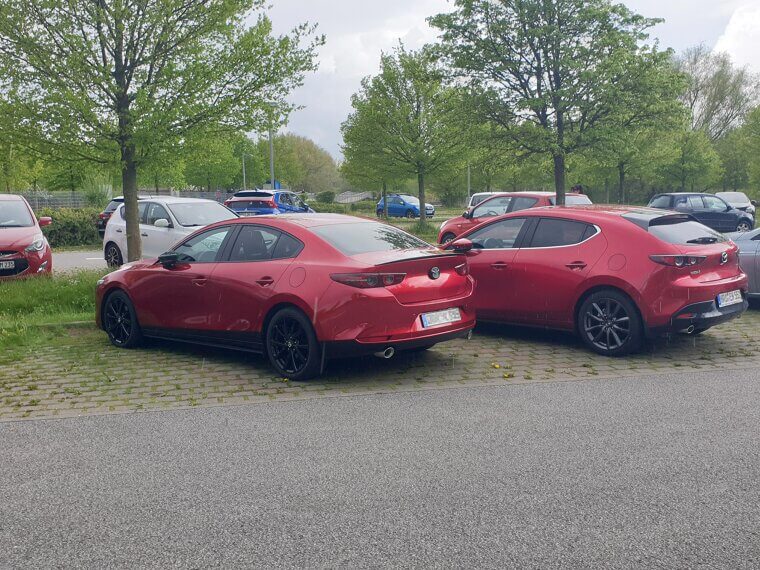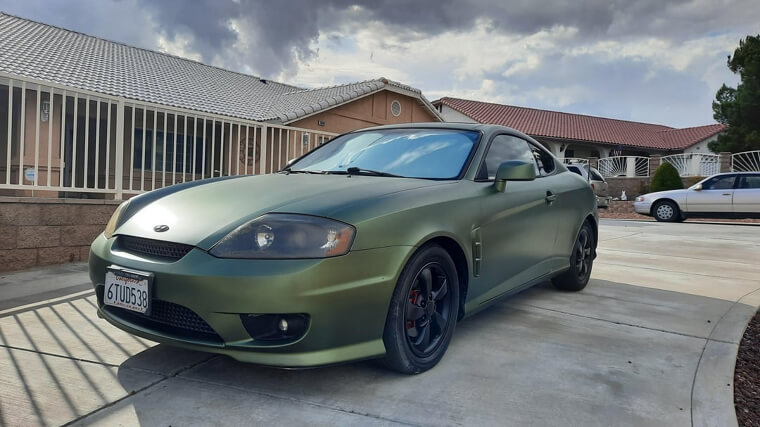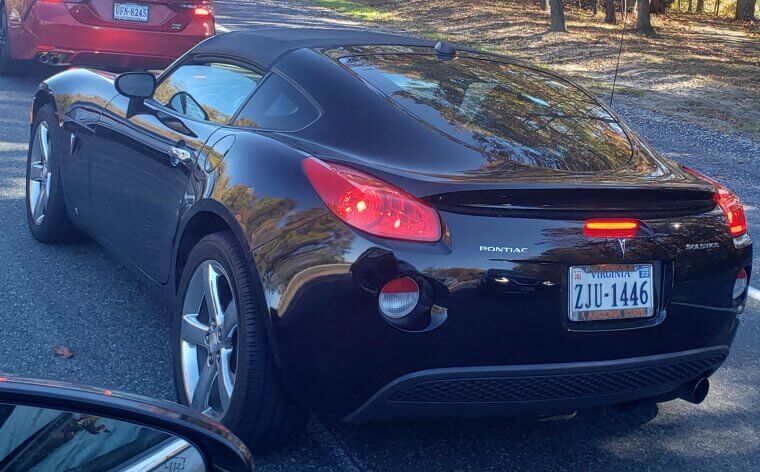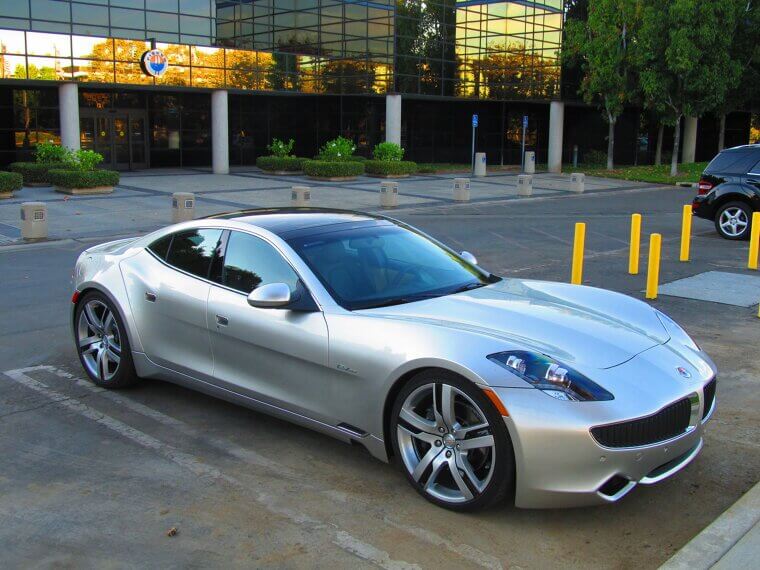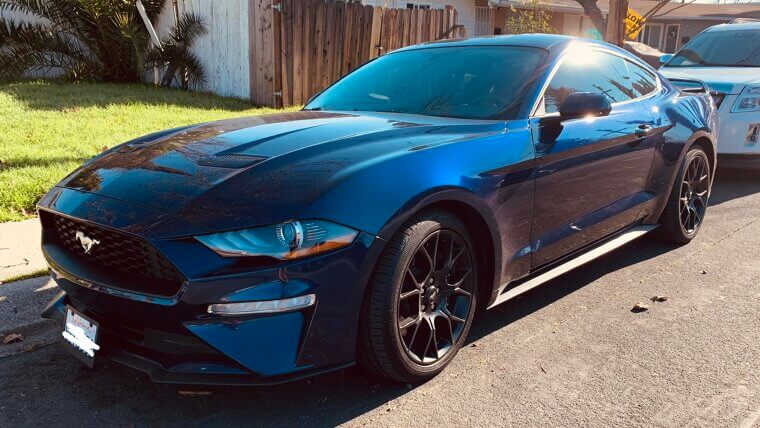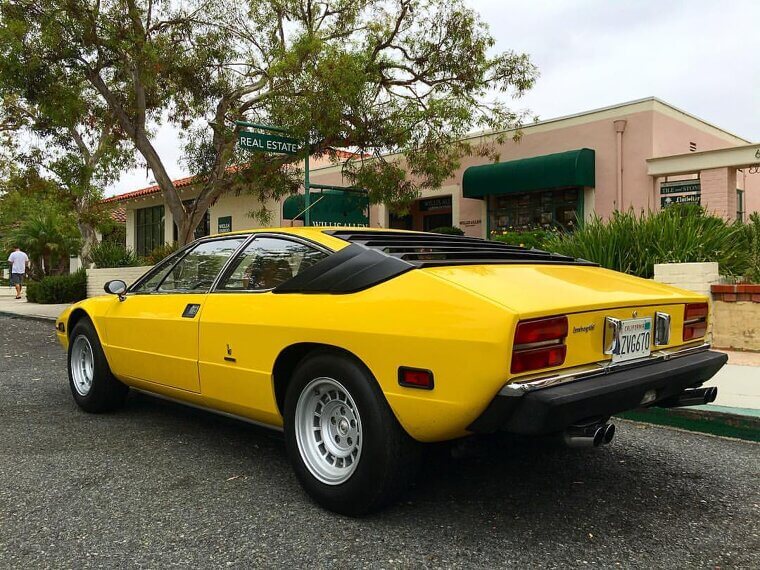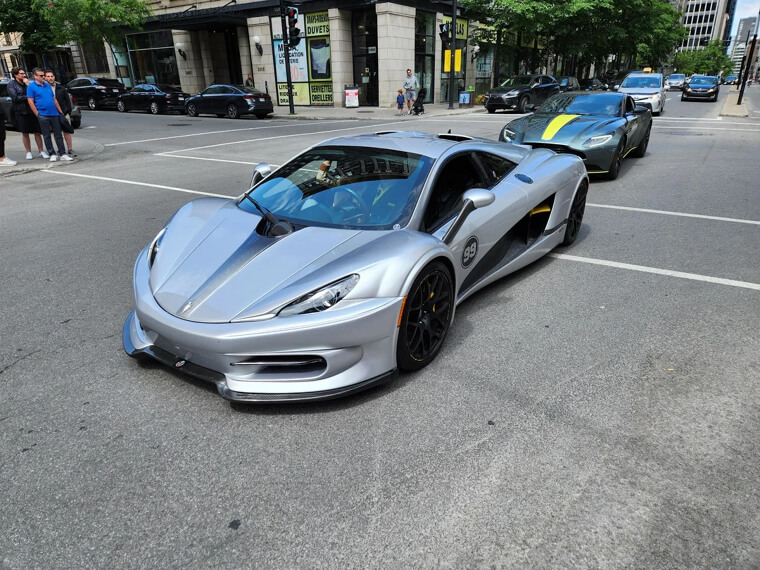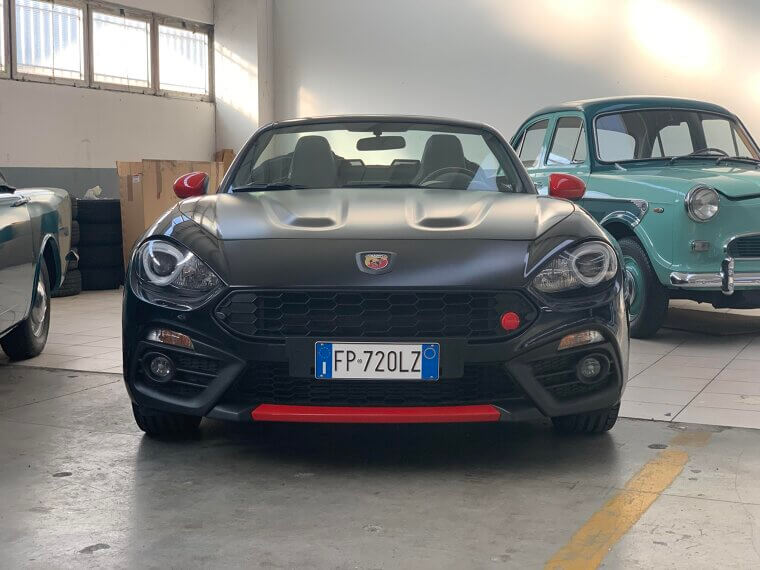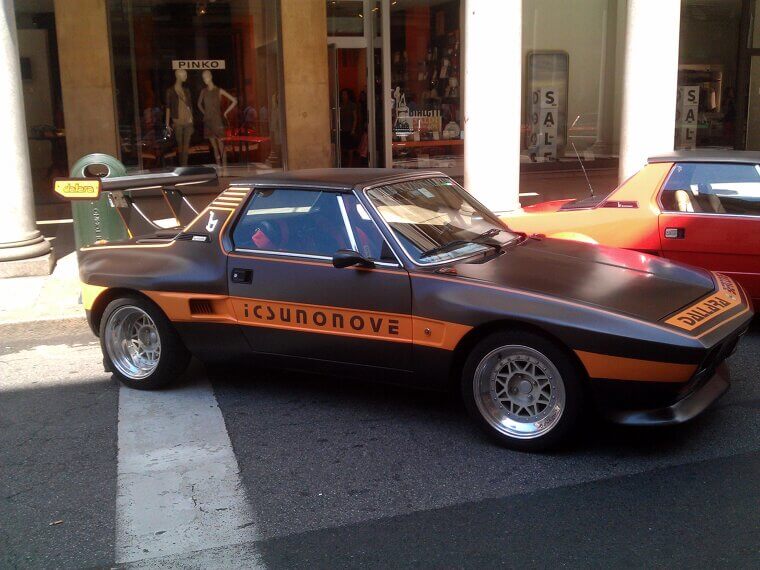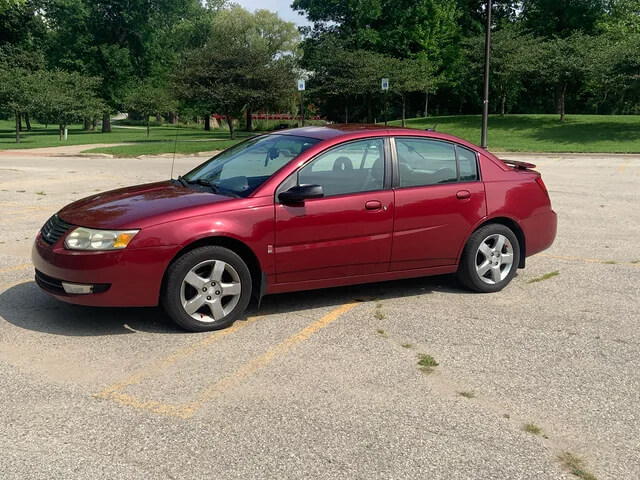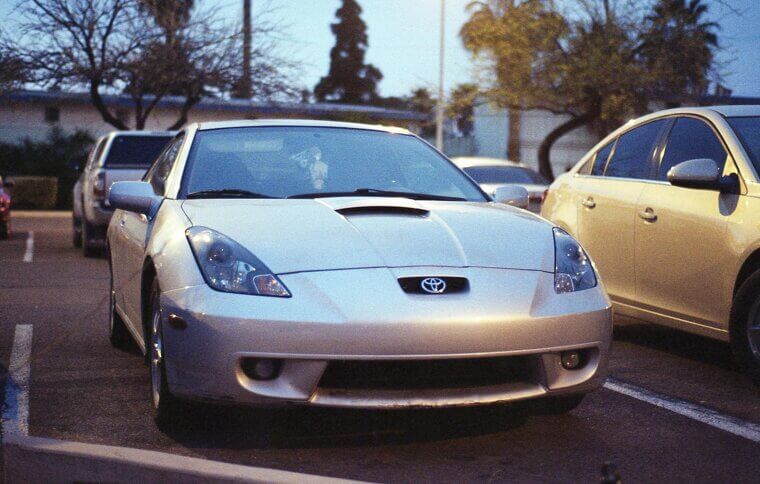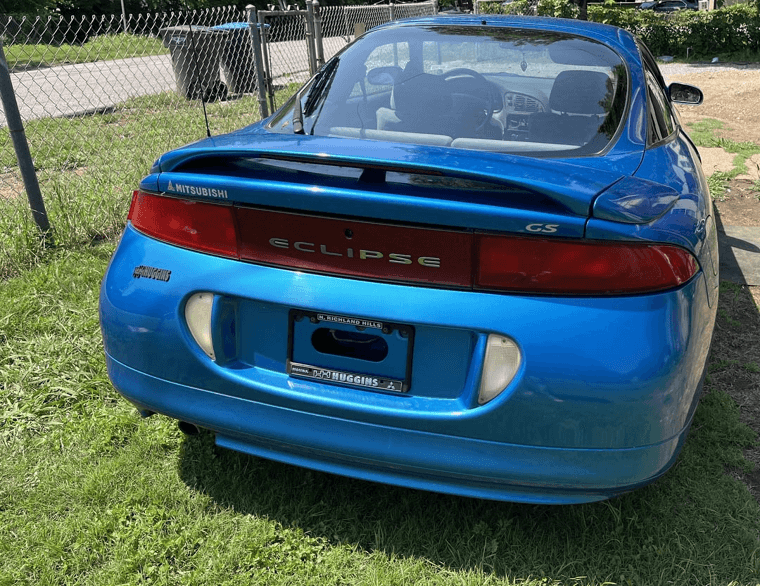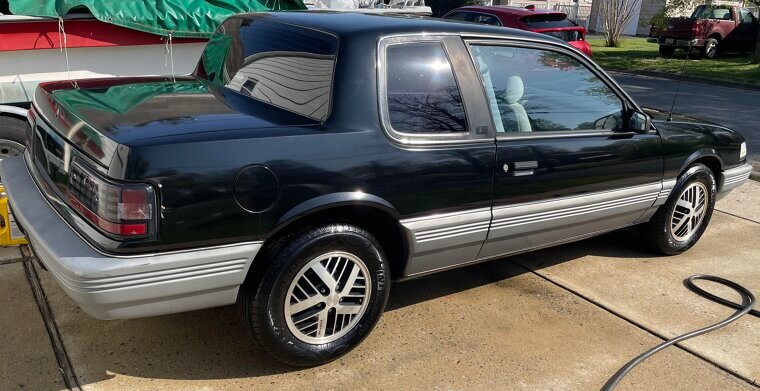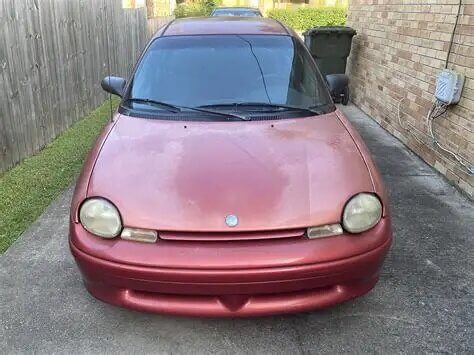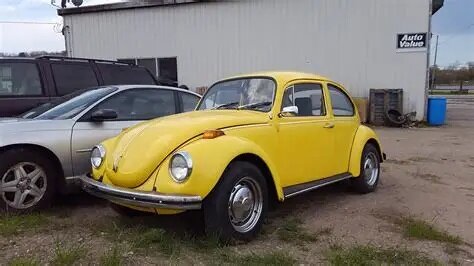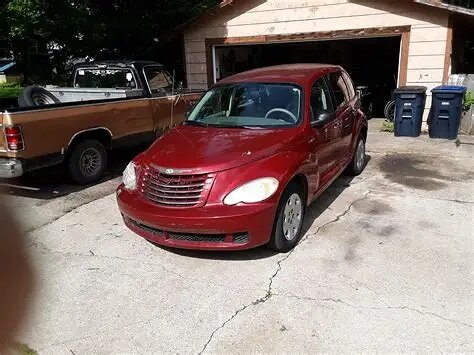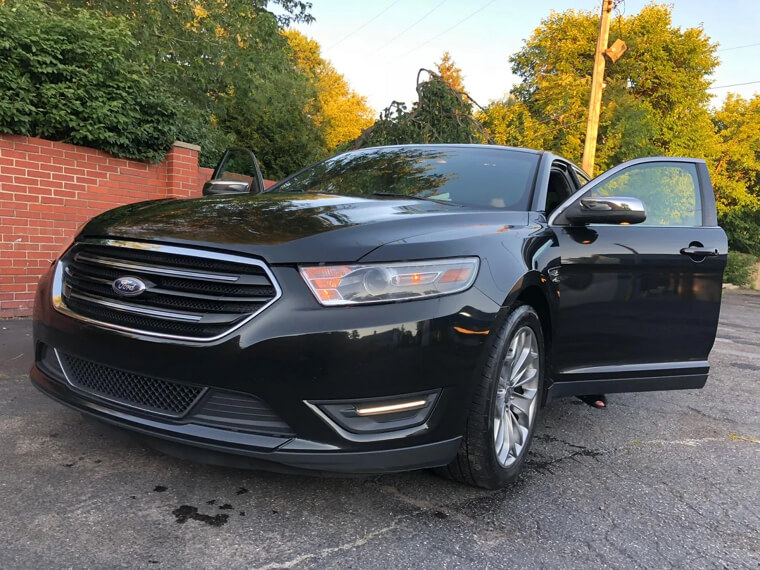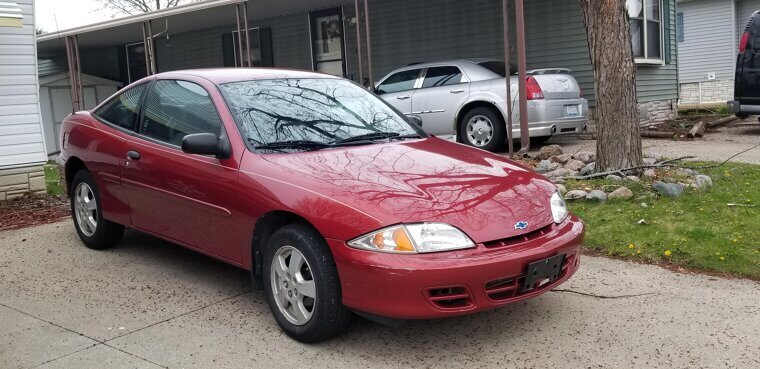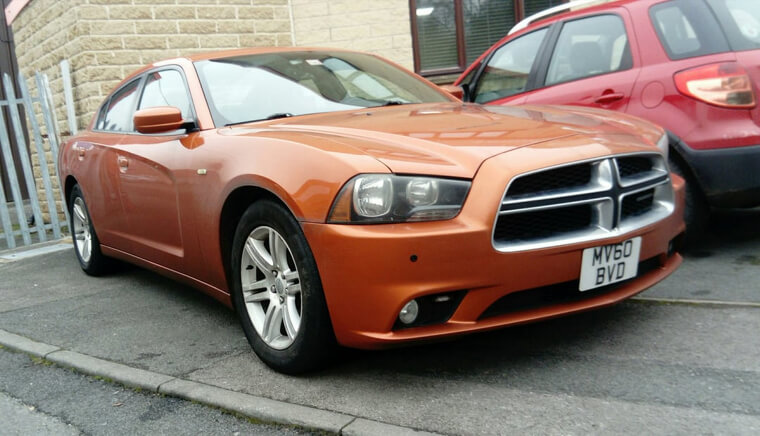These Sports Cars Devalued Faster Than They Lost Their Cool
Through the years, we have seen some truly great sports cars, many of which cemented their place in automotive history. However, we have also seen our fair share of models that seem to get stuck in their era. In other words, they simply don’t age well or keep up with the newer, modern automotive trends. Let’s take a closer look at some sports cars that lost their ‘cool’ factor (and value).
Some were once showstoppers but now sit forgotten, overshadowed by better-performing, more efficient competitors.
Saturn Sky
The Saturn Sky was the final attempt by General Motors to boost the failing Saturn brand. While its design managed to turn heads back in the day, the car quickly fell out of favor with drivers for its poor performance. Despite its sleek and sporty appearance, many found the driving experience underwhelming compared to rivals.
The lack of power, limited practicality, and Saturn’s eventual closure sealed its fate. Today, the Sky is rarely seen on roads and is mostly forgotten by car enthusiasts.
Chevrolet Corvette C1
The Chevrolet Corvette C1 is undeniably a classic sports car, as it was the start of an iconic line. However, the first-ever model was definitely the worst of the lot. Not only did the exterior design fall out of fashion, but the performance and reliability of the car were also rather disappointing. Modern Corvette models have far surpassed it in every way.
While it holds nostalgic value, many collectors admit it’s more of a display piece than a true driver’s car.
2002 Ford Thunderbird
Even though the original Thunderbirds remain iconic, the 2002 model, in particular, didn’t quite hold up to the same standards. It had an elegant design, for the time, anyway, but quickly fell out of favor due to its poor performance and outdated features. What was meant to be a nostalgic revival ended up feeling more like a missed opportunity.
Enthusiasts were disappointed by its lackluster handling and underwhelming power, and today, it’s largely overlooked in the used sports car market.
Covini C6W
The Covini C6W was a 6-wheeled Italian sports car that seemed to have lots of potential. Unfortunately, after just a few years, the unique design lost its appeal, with the 6-wheel layout never really catching on. While it generated plenty of buzz upon release, many drivers found it more of a novelty than a practical sports car.
Issues with handling and maintenance didn’t help its reputation, and today, it’s seen as more of a quirky footnote in automotive history.
Smart Roadster
Smart has undeniably constructed some innovative vehicles over the years. However, the Roadster simply isn’t one of them. With a quirky design, it didn’t appeal to the public for very long, despite its convenience in size. While it was praised for being lightweight and fuel-efficient, drivers quickly grew frustrated with its lack of power and limited practicality.
The cramped interior and somewhat awkward styling further hurt its popularity, and today, it’s mostly a forgotten experiment from the Smart lineup.
Chevrolet Corvette C3 California
Despite its V8 engine, the Chevrolet Corvette C3 California struggled in the power department. The car was popular during its initial release, but buyers quickly realized that it was all bark and no bite, drastically minimizing its ‘cool’ factor. Emissions regulations and design compromises further limited its performance, leaving enthusiasts disappointed. Today, it’s often overshadowed by more powerful and better-handling Corvette generations.
While it still turns heads with its classic looks, the driving experience left much to be desired.
Pontiac Fiero
During its initial release, the public believed that the Fiero was truly something special. However, over time, they realized that it was actually the stuff of nightmares. It was slow, unreliable, and had a bad habit of catching fire during accidents. While the mid-engine design was innovative for its time, poor build quality and performance issues overshadowed its promise.
What began as an exciting idea quickly turned into a cautionary tale, leaving the Fiero with a tarnished legacy among sports car enthusiasts.
Ford Probe
This one may seem a bit harsh, but the Ford Probe lost its ‘cool’ factor after being advertised as the next Mustang. While it was a decent car, it didn’t come close to the Mustang, leaving buyers disappointed with their purchase. The Probe lacked the raw power and muscle car appeal that Mustang fans craved, and its front-wheel-drive setup didn’t help win over enthusiasts.
Over time, it became clear that the Probe was more style than substance, causing its popularity to fade.
Ferrari Mondial
Despite being a Ferrari, the Mondial was underpowered and, in general, performed badly on the road. In fact, some experts compare it to the biggest letdowns in automotive history, such as the Corvettes and Camaros of the 1980s. While it carried the prestigious Ferrari badge, many owners were disappointed by its sluggish acceleration and heavy feel. Today, the Mondial is often remembered as Ferrari’s forgotten misstep.
Maintenance costs were also notoriously high, adding to its reputation as a poor value.
Third-Generation Chevrolet Camaro
The third-generation line of Chevrolet Camaros were some of the worst sports cars in history. The engine was underpowered, and it was a nightmare to handle, making for a rather disappointing driving experience. Not even the shiny new exterior could make up for such poor driving dynamics. While it enjoyed some popularity in the ‘80s, enthusiasts quickly realized it had deficiencies.
The muscle and performance Camaro fans expected just wasn't there. Today, it’s largely seen as a low point in the Camaro’s otherwise iconic legacy.
Mitsuoka Orochi
The Orochi was advertised as a supercar, but it most certainly was not. Originally launched in 2006, it had a good look about it, but unfortunately, it didn’t have the performance to back this up. Under the hood, it offered mediocre power and handling that failed to impress serious drivers. While its exotic styling attracted attention, many saw it as a case of style over substance.
Today, the Orochi is often remembered more as a curiosity than a true contender.
Aston Martin Virage
Aston Martin rarely gets it wrong, but the Virage was undeniably disappointing. In fact, despite its sleek style, many drivers compared the Virage to the VW Scirocco. Long story short, it lost its cool factor pretty quickly. While it looked luxurious, the performance and handling didn’t live up to the Aston Martin reputation. It struggled to stand out among its competitors, both in power and refinement.
Today, the Virage is often overshadowed by the brand’s more celebrated and capable models.
Nissan 350Z
Generally speaking, the Nissan 350Z isn’t a bad sports car. With that being said, it does have a rather scary reputation that turns a lot of buyers away. The 350Z has one of the highest records of driving fatalities in automotive history. This really makes you wonder whether or not it’s actually the car or just bad luck.
While it offers strong performance and sleek styling, its reputation has undeniably hurt its resale value and appeal among cautious buyers.
Delorean DMC-12
There’s no denying that the DeLorean DMC-12 is an iconic car. In fact, it will forever be remembered for its role in the popular movie franchise Back to the Future. However, when it comes to the vehicle's actual performance, it’s rather disappointing. More so, the style simply doesn’t meet modern-day expectations. For collectors, it’s a conversation piece — but not a thrilling car to drive.
Underpowered and plagued by reliability issues, the DMC-12’s cult status is largely built on nostalgia.
Porsche 914
Porsche is another brand that rarely misses a step. However, the 914 was a standout disappointment. Essentially, it was advertised as a budget-friendly sports car. However, despite its good looks, the 914 performed terribly on the road, giving it a poor reputation. Many enthusiasts were let down by its lackluster power and uninspiring handling.
While some appreciate it today for its quirky charm and classic design, most agree it never truly lived up to the Porsche performance standard expected.
Mazda RX-8
The Mazda RX-8 drove well, and it looked great. However, it had one fundamental issue that plagued buyers and ruined its overall reputation. At around 30,000 miles, the engine would fail due to a faulty oil injector. Let’s just say that this didn’t leave buyers too happy. Over time, the RX-8 became known more for headaches than for performance thrills.
While the rotary engine was innovative and exciting on paper, its poor reliability and high maintenance costs became deal-breakers.
Hyundai Tiburon
The Hyundai Tiburon looked like a sports car, but it definitely didn’t drive like one. It was underpowered, offered a static driving experience, and, perhaps worst of all, had one of the highest fatality rates in America. While its sleek, affordable design initially attracted young drivers, many soon realized it lacked the performance and handling to match its appearance.
Combined with safety concerns and lackluster reliability, the Tiburon’s reputation faded quickly, leaving it largely forgotten in today’s sports car market.
Pontiac Solstice
The Pontiac Solstice fell out of favor with drivers for a number of reasons. For starters, it was a strange-looking vehicle, and the more people looked at it, the more they realized that it was actually just downright ugly. It didn’t drive well either, making it a complete flop for Pontiac. Today, the Solstice is remembered more as a missed opportunity than a success.
While initial sales showed promise, owners quickly became disillusioned with its cramped interior, limited trunk space, and underwhelming performance.
Fisker Karma
The Karma was a plug-in hybrid sports car released by Fisker in 2012. Sold for a ridiculously high price, buyers were left wondering what they actually paid for. It didn’t actually save much on fuel, simply because of how heavy the car was. While the Karma boasted sleek looks and eco-friendly ambitions, it suffered from technical issues, limited range, and high maintenance costs.
Ultimately, its poor execution and reliability problems led to Fisker’s downfall, and the Karma faded into obscurity.
Fourth-Generation Ford Mustang
Although the Ford Mustang is one of the most iconic cars in automotive history, the fourth-generation wave simply didn’t meet the same standards. It had an incredibly poor steering economy and, perhaps most disappointingly, was severely underpowered compared to its predecessors. While the design tried to modernize the Mustang’s classic look, it failed to capture the excitement and muscle car spirit fans expected.
Over time, this generation became one of the least celebrated, often overlooked by collectors and enthusiasts alike.
Lamborghini Urraco
Calling any Lamborghini bad feels against the rules, but there is no denying that the Urraco had its fair share of problems. Marketed as a budget supercar, it simply didn’t perform as well as we expected. It was underpowered and offered a rather rough ride. While its design was striking for the era, reliability issues and lackluster handling left many owners disappointed.
Today, the Urraco is remembered more as an ambitious experiment than a true standout in Lamborghini’s legendary lineup.
HTT Plethore LC-750
Marketed as Canada’s very first supercar, the Plethore LC-750 fell short in many ways. It simply didn’t drive well and even failed a few driving tests before its initial release. Despite its ambitious design and impressive horsepower figures on paper, the car struggled with poor handling, reliability concerns, and a lack of refinement. Combined with its hefty price tag, the Plethore couldn’t attract enough buyers.
Today, it’s remembered more as an ambitious but flawed attempt at putting Canada on the supercar map.
Plymouth Prowler
Plymouth has had a few failures over the years, but very few come close to that of the Prowler. This oddly shaped sports car was underpowered and left drivers wanting more in terms of performance. While its retro-inspired, hot rod design turned heads, the lack of a V8 engine and limited practicality disappointed enthusiasts. Many saw it as a case of style over substance.
Today, the Prowler is often remembered more for its unique looks than its driving capabilities.
Fiat 124 Spider
Fiat initially hoped that the 124 Spider could compete with significant rivals, such as the Mazda Miata MX-5. However, it soon became evident that this was not possible. The car was unrefined, underpowered, and simply disappointing. While it shared some components with the Miata, the 124 Spider failed to capture the same driving excitement or reliability.
Buyers were let down by its sluggish performance and lackluster handling. Today, it’s often seen as a missed opportunity in Fiat’s sports car lineup.
Fiat X1/9
The Fiat X1/9 was a standout car for its unique design. While many initially praised Fiat for such an innovative car, it soon became evident that the X1/9 had its fair share of problems, including a rather severe rust issue. Despite its mid-engine layout and fun handling, owners quickly grew frustrated with its lack of reliability and expensive maintenance needs.
Over time, the X1/9’s reputation faded, and today it’s mostly remembered for its quirks rather than its performance.
Saturn Ion
The Saturn Ion can now be purchased for an incredibly low price on the secondhand market, reflecting just how much of a flop it became. After a few years, the car simply lost its ‘cool’ factor, as it could no longer keep up with the more modern and innovative designs. While it was initially marketed as a practical and affordable option, drivers soon criticized it.
Drivers were disappointed with its lackluster performance, cheap interior materials, and uninspired styling. Today, it’s largely forgotten in automotive circles.
Toyota Celica
Back in the day, the Toyota Celica was a great car. It drove well, looked okay, and was known for being reliable. However, its design seemed to get stuck in the past, as it now looks incredibly outdated and old-fashioned. While it once had a strong following among enthusiasts, modern drivers often overlook it in favor of newer, sportier options.
Despite its solid reputation, the Celica’s dated appearance and modest performance have caused its popularity to fade over time.
Mitsubishi Eclipse
The Mitsubishi Eclipse was once a beloved car among many drivers. Unfortunately, the decline of the range started with the release of the third-generation model. It was bulky and oversized, a far cry from the original models. Enthusiasts missed the lightweight, sporty feel that had made earlier versions so popular. With uninspired handling and a heavier design, the Eclipse began losing its appeal.
Today, it’s often remembered as a once-great nameplate that gradually drifted away from its roots.
Pontiac Grand Am
During the late 1990s, the Pontiac Grand Am was one of the coolest cars on the market. It was reasonably priced, drove well, and included a wide range of innovative features. However, the design became very outdated, and the car ultimately fell out of favor with drivers. Over time, reliability concerns and cheap interior materials further damaged its reputation.
What was once a popular choice became overshadowed by better-built, more modern competitors, leaving the Grand Am largely forgotten today.
Plymouth Neon
The Plymouth Neon was undeniably one of the brand's most popular cars. In fact, even after Plymouth disbanded, Dodge continued the car's production. Over time, however, the design became outdated, and production was stopped altogether. While the Neon was initially praised for its affordability and peppy performance, it eventually fell behind competitors in terms of quality, safety, and style.
As newer, more refined compact cars entered the market, the Neon’s appeal faded, and it quietly disappeared from the automotive scene.
VW Beetle
The VW Beetle is undeniably one of the most iconic cars ever released. However, towards the end of its run, the public started to realize that it had passed its prime, with an outdated design that belonged back in the 30s. While it holds an important place in automotive history, the Beetle struggled to keep pace with modern performance, safety standards, and driver expectations.
Eventually, declining sales signaled that nostalgia alone couldn’t sustain its popularity in today’s competitive market.
Chrysler PT Cruiser
Although it was initially received warmly by the public, the Chrysler PT Cruiser fell out of favor rather quickly. It featured a quirky design that you either love or hate. Unfortunately, over time, more and more people started hating it. While the retro styling helped it stand out at first, the underwhelming performance, cheap interior materials, and lack of long-term appeal soon became apparent.
Today, the PT Cruiser is often the butt of automotive jokes, remembered more for its odd looks than its substance.
Ford Taurus
The Ford Taurus was incredibly popular during its initial release. This didn’t come as too much of a surprise, of course, as Ford has always been known for releasing reliable and practical vehicles. However, over time, drivers began to realize that the Taurus simply offered nothing special in terms of innovation, performance, or style. Eventually, it became known as a bland, forgettable option in Ford’s lineup.
As competitors introduced more exciting features and sleeker designs, the Taurus struggled to keep up.
Chevrolet Cavalier
Nowadays, the Chevrolet Cavalier looks undeniably bland. However, back when it was first released, it stood out for its modern-looking shape and features. It was also popular amongst first-time drivers, as it offered good quality for a very reasonable price. Over time, though, the Cavalier’s dated design, lackluster performance, and reputation for mediocre reliability began to show.
Owners reported issues with build quality and safety, and as the market evolved, the Cavalier was ultimately left behind by more advanced competitors.
Dodge Charger
The Dodge Charger once embodied power and speed. However, when compared to modern vehicles, there’s no denying that it’s passed its prime. While its classic models are still beloved by muscle car enthusiasts, newer versions have faced criticism for their bulkier design and less thrilling driving experience. As competitors offer more advanced technology, efficiency, and refined performance, the Charger has struggled to keep pace.
Today, it’s often seen as a nostalgic throwback rather than a true modern powerhouse.

